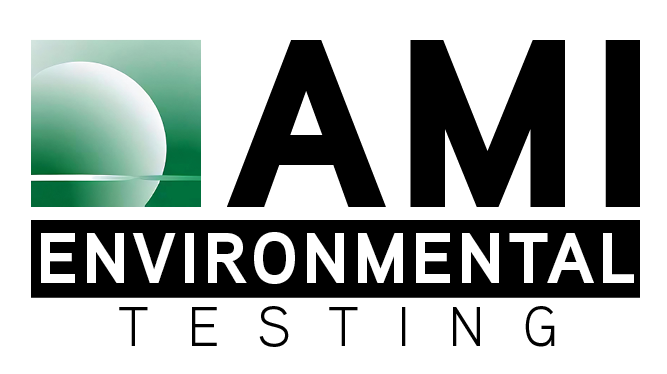Mold and fungus are a normal part of the environment we live in. So normal that mold has been around for more than 400 million years with one main purpose: to break down nature’s trash.
And while mold is all well and good in the great outdoors, serious problems can start when mold spores make their way indoors and come in contact with a moist environment. Whether it’s a leaky roof, backed up drain, foundation issues or high humidity, moist indoor environments are prime retail for mold growth.
Where does mold grow?
Mold grows best in areas that are cool, damp and dark — like basements, crawl spaces, attics and closets. It can also be found growing inside walls and behind wallpaper.



What are the health effects of mold exposure?
Depending on the water source and other factors such as the substrate (food source) the mold grows on, different types can grow that produce toxins and cause serious health effects.
Normal, healthy individual can resist systemic infection from airborne molds. Those at risk for systemic fungal infection are severely immunocompromised individuals such as those that are undergoing chemotherapy, individuals who have had organ or bone marrow transplants, or persons with HIV/AIDS. Any mold found growing indoors should be removed to prevent exposure to airborne fungal spores and reduce the health risk to sensitive or immunocompromised individuals.
Are you required to address mold exposure?
Unfortunately, due to the variances in personal sensitivities and the vast array of molds, it has been nearly impossible to set exposure limits for molds that can be applied to all humans. Although mold is not specifically addressed by OSHA, the general duty clause found in OSHA Act Sec 5 (a) 1 would be used to cite a business for mold growth.
Prevention of Abnormal Growth is Essential
All molds under proper conditions are capable of adversely affecting human health. As such, the reduction and prevention of mold exposure is essential to reducing mold health risks.
Small amounts of mold are always present in the air; the key to decreasing adverse health effects from mold exposure is to prevent the germination and growth of the mold on indoor surfaces.
Mold Assessments
- AMI’s mold assessments include a visual inspection for the presence of mold and swab or tape-lift sampling of any visible mold to identify the specific mold type.
- We use a bore scope to look inside walls and other spaces for mold growth, as well as a moisture density meter to determine if conditions are present that would support mold growth.
- Air sampling is also performed to determine what types of mold spores are being produced and if those levels are higher or different than those found in the background outdoor sample.
.
Who needs to know about mold?
We’d say almost everyone. But more specifically: building owners, property and facility managers, architects and engineers
Anyone who operates, owns, designs or manages buildings should understand effective means of avoiding mold growth which might affect facility operations, maintenance and construction practices. Being able to locate and remediate existing mold growth is also essential— not only protect occupant health, but also to protect the integrity of your building.
Suspect a Mold Problem?
At AMI Environmental, our main goal is to assist clients and create a safe working environment, while adhering to government regulations. With decades of experience, our Industrial Hygiene Professionals purpose is to help our clients not only protect workers but also manage risk. Allowing you to then enjoy the peace of mind knowing your employees will be protected from harm. AMI will work to establish and maintain a safe work environment, including surveying your facility for risks; provide testing within your facility; maintain testing protocol; and assist in the recording process. If you have any questions or concerns, please contact Dan Taylor at [email protected].



